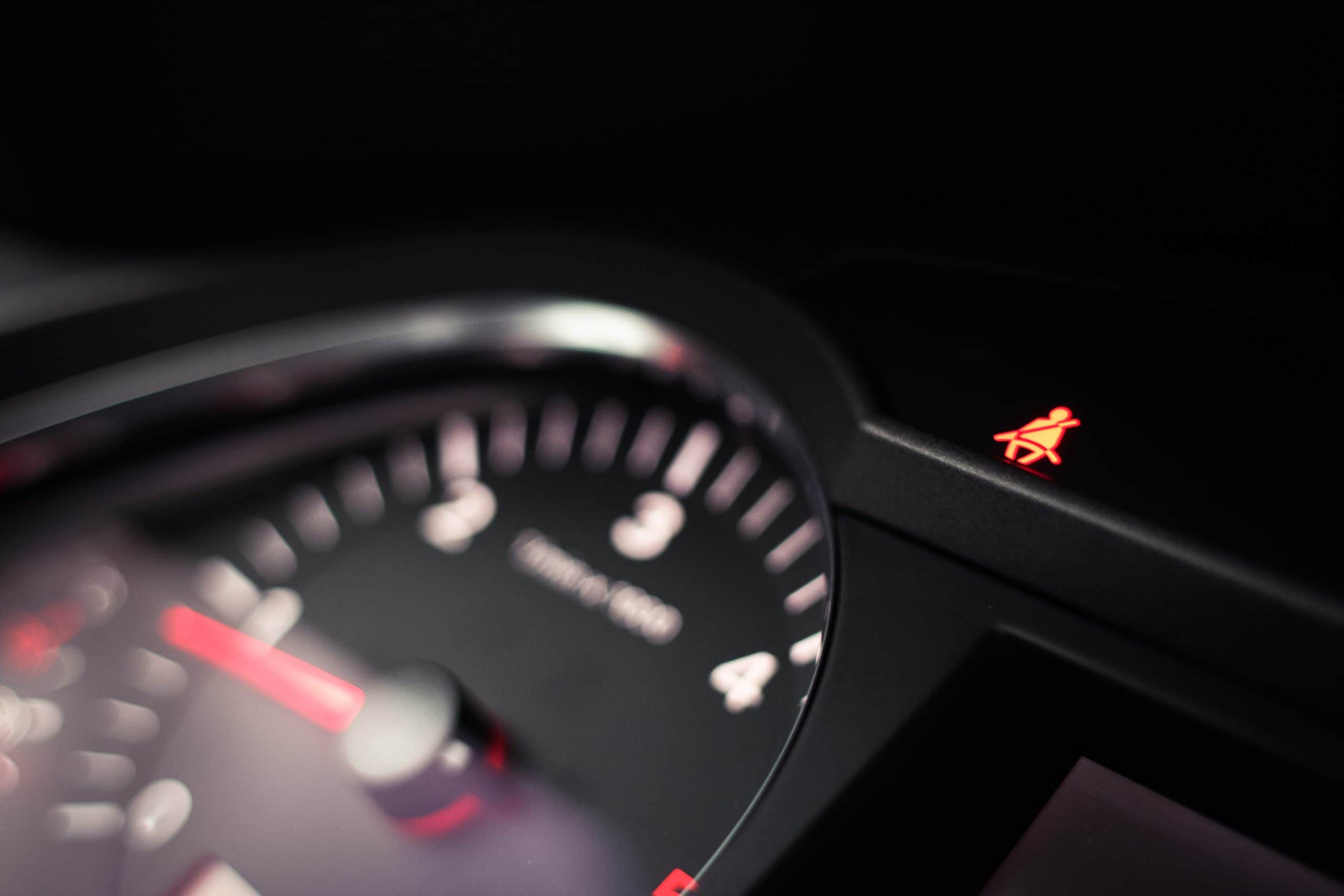Seat belts are essential safety features, and wearing them is crucial while on the road. They save lives and reduce the risk of injuries and death by preventing passengers and drivers from getting ejected from vehicles after a collision. However, they are effective only when they are working properly. To ensure that your seat belts are functioning as they should, their straps must be in excellent condition. This means that the webbing must have a high quality.
What Is a Seat Belt Webbing?
Seat belt webbing refers to the seat belt strap material, which is a polyester webbing. Compared to regular polyester webbing, it is slightly thinner and has a lower tensile strength. This material is also extremely durable. In fact, it absorbs very little water and resists mold, rot, mildew, and shrinking. It does not burn quickly. Plus, it withstands UV rays, acids, and extreme temperatures, making it ideal for use in vehicles’ safety features.
While the seat belt strap is durable, it can get frayed or ripped when it gets cut, caught in your car door, or chewed by your dog. When this happens, it can significantly affect your seat belt’s performance and effectiveness, which could lead to extremely dangerous consequences.
What to Do after the Seat Belt Strap Gets Damaged
You have the option to replace your seat belt on your own. When replacing the entire seat belt, you don’t have to take apart the old parts to insert a new strap. It also takes only a short amount of time. Here is a step-by-step guide you can follow:
Step #1: Find the bolts that hold your existing seat belt in place. You may do this by popping off some plastic cover or prying it off with a screwdriver. If your car has no cover over the seat belt retractors, you can easily see the bolts attached to the floor, the side panel, or the side of your seat. You will only have to unbolt the buckle and belt if you have a lap belt, while you will need to unbolt the buckle, lap belt, and shoulder strap if you have a three-point seat belt.
Step #2: Once you find the bolts, unbolt them using a wrench. Don’t forget to unbolt the side the seat belt locks into as well as the retractor side.
Step #3: Put your new seat belt retractor, align it to the holes where you will be inserting the bolts, then bolt it into place with your wrench. Connect your shoulder and lap belt and bolt them also into place.
Step #4: After fixing the retractor, put the new buckle to the holes, then bolt it into place with your wrench. Depending on your vehicle, yours may have one, two, or three bolts.
Step #5: Test the seat belt by pulling it from the new retractor. Make sure it retracts back into place.
Conclusion
Although you have the option to DIY seat belt replacement, remember that it plays a major role in your safety. For this reason, it’s advisable to have your worn seat belt webbing replaced by qualified technicians specializing in Restraint Technology. Make sure to reach out only to experts using industry-standard tools and parts from the original equipment manufacturer (OEM) to ensure your seat belt strap will be as good as new.
Get the best protection while you’re on the road by seeking seat belt strap replacement by Safety Restore. Unlike other professionals, we not only offer webbing replacement but also include brand-new OEM webbing material. This means your seat belt will look and function like new. Contact us for any inquiries!


Where Are You At , Location ?
We are located in Westfield, Massachusetts. Our address is as follows:
Safety Restore
40 Main St
Westfield, MA 01085
Contact us via phone, text, or email, & our team will be more than happy to assist you with your needs!
Phone: 855.552.7233
Text: 413.564.1242
Email: service@safetyrestore.com